Having regaled you guys with tales of semi-mythical lifters who rarely, if ever, competed. I thought it would be prudent to introduce you to the modern era’s answer to Chuck Ahrens- Bud Jeffries. Six foot, 295lbs, and 44 years old, Bud is crazy strong. The possessor of the only 1,000lb bottom position Anderson squat of which I know. Furthermore, has a penchant for setting things on fire and then attacking them with axes for no reason. Bud is what the Dos Equis man wished he was if he lifted weights.
Q: Bud- to me you’re a legend. Tragically a lot of the new jacks out there have never heard of you. Mind giving us a bit of background on who you are? Let’s start with profession if you want to give it, sports you’ve participated in, and your competition history.
A: Thanks Jamie I appreciate that – Yeah I have two of the strangest professions anybody mixes together. I make a living as a professional old time strongman as well as a professional massage therapist. Historically it wasn’t that uncommon. For the old time performing trainers to also work in areas that dealt with healing the body. The need for things which come from training like a psychopath. That fit my personality perfectly in that while I could be the guy who hurts you. Be the guy who helps heal you. I want to live as an absolute savage, but still kind of sane in that I help people as well.
Strongman and Smartman
I spent a year at the University of Florida. Played football and ended up with a broken shoulder joint, which ended my career in that sport. I ended up coming home. I was convinced to go to massage therapy school thinking it would be my new profession. The truth was where I lived in the 90’s, it wasn’t possible to make a living in that profession. I had all the tools to make a ton of money as a massage therapist. I had a good talent for it and all the touch skills. Although, i’m not a girl and I look like a Hell’s Angel. Which tends to be a turn off for most people. However, I worked off and on as a therapist for the last 20 years. I have been doing it full time for the past three years.
I had the opportunity to perform my first ever strongman show while the football injury/training was taking place. As a result, my strongman career began. I attended a church in Gainesville, and was asked to do a strength show there. The prison ministry was coming up with Anthony Clark, at that time one of the world's strongest men. They wanted to build interest before the performance. Oddly, he knew a bit about my life story. When I turned 13, I started powerlifting competitively.I had already won the Teenage National Championships and had already set state, regional and national records. This was back in the dark ages of pre-internet. I scrambled around and found some old editions of Powerlifitng USA with pictures of guys bending steel. I figured out some feats. For the performance did a few minutes talking about my life. In addition to powerfliting, bent and lifted some steel – that kind of thing.
That, however, gave me the idea that this could be cool to do. This might actually be my life’s purpose. So I started going around and speaking anywhere any one would let me. Schools, churches, and that eventually developed into a career. I learned how to develop it into a show and do all the old time strongman feats. As a believer that life is about inspiring other people, I would tell them about my life. This would include the fact that I was technically still-born at birth. At the age of five I was hit and run over by a speeding van. Which fractured my skull and destroyed my hip spending months in a body cast. Having to learn how to walk again. Then nearly died in another car accident at 17 from which no human being should have walked away.
It gave me a platform to talk to people. How no matter how difficult things are, you don’t give up. I’m a guy who shouldn’t be walking. Let alone someone who set powerlifting records and eventually squatted 1,000 pounds.
Nobal Savage
Along the way it eventually lead to about 16 years off and on of competitive powerlifting. Capping off with a win at the WNPF Lifetime Drugfree Championship Worlds. Which I actually won with only three weeks training after I had quit powerlifting and gone on to competitive strongman. In the early years of strongman, when it was first developed in America, I held the first contests. This was when people looked at you like you had two heads if you flipped tires or lifted rocks. Then I kind of lost my mind and decided to fight for a while. I did MMA, toughman and grappling matches. Also competed in one of the coolest sports I’ve ever played in which is Highland Games for about two years.
I love the competition stuff and I do think everyone ought to do some. I really got my strongest when I started training my own way. Pursuing the old time strength feats and doing the really out-of-the-box stuff that addresses strength from the widest possible variety. Along the way I achieved some pretty cool things. I’ve written 8 different books on strength. Produced over 60 DVDs on strength work, and performed over 1,000 anti-bullying assemblies in schools across America which was unbelievable.
Q: Holy hell Bud! I had no idea you were such a prolific author… or really any of that. I knew about your love of pin squats. I used your example (Anthony Clarke with reverse grip bench press) to help explain my use of the same movement in my meet prep. It’s incredible that despite the fact you’re one of the most qualified strength coaches out there. You’re not one of the first names on trainees’ lips when discussing training books and coaches. But why read something challenging and well-rounded?
How about you share your best lifts and/or pet lifts of which you’re most proud?
A: Man for me that’s a deep question. I really feel like every lift is my pet lift. I’ve been on a course pursuing balance, accuracy, coordination tying in with strength. Over the course of my lifetime, I want to record 1,000 different physical feats. That being said – here’s some of my best stuff:
Along the way I switched from powerlifting style squats to bottom position dead stop squats as my main squat style. I was on a quest for year, since I was about 15 years old, to squat 1000 lbs. It took me 16 years of training to hit that. I ended up doing it from the bottom position, or Anderson Style squat.
You should probably know that I did that at a body weight of about 380. That was my single-minded quest; to get as big and strong as possible and squat 1000 pounds. At that bodyweight I also did 900lbs for 3, 850lbs for 5, and 700lbs for 15.
At that bodyweight I also carried a 1,350lb yoke for 10 feet and pulled a 1,000lb sled 50 feet. I also carried a 600lb stone 40 feet and back lifted 3,600lbs of steel plates. I did a one arm military press with a 150lb dumbbell. Most people will also probably know me for my partial lifts which is something else I’m particularly proud of. I did a quarter squat with 2,000lbs. I’m proud of the 1,000 bottom position squat and the 2,000lb quarter squat. It makes me the only person to tie Paul Anderson in those lifts.
After that I lost 100 pounds. Since then, I’ve had various body weights from 270 to 295. In that bodyweight range I’ve bottom position squatted 810lbs. Furthermore, done a 1,000lb yoke for 50 feet, and one arm rows with 300lb dumbbells for five reps. The one-arm press in any variation is a pet lift of mine. I’ve done between 200 and 220lbs four different ways. Used dumbbells, with stacked kettlebells, with a live human and with a stone.
In losing that 100lbs I also started doing psychotically high-rep workouts as sort of a strength cardio. Those became a pet training method for me as well. I’ve done one arm swings with a 70lb kettlebell for 2,000 reps in one hour. I did one arm swings with a 53lb kettlebell for 4,000 reps in two hours. 2,000 reps with a 40lb sledgehammer in about an hour and twenty minutes. Snatched a 55lb dumbbell one handed for 320 reps in 10 minutes.
I snatched a 53lb kettlebell for 1,000 reps in one hour. One arm pressed a 53lb kettlebell for 1,000 reps in an hour. I swung a 10lb sledgehammer for 1,000 reps in 17 minutes. Punched a heavy bag wearing a 100lb weighted vest for 30 minutes. Carried a 300lb weighted vest/chain combination for one mile. Dragged a 150lb tire one mile. Pinch gripped one handed 2 – 45lb plates, 3 – 25lb plates and 5 -10lb plates.
Did a one arm press while wearing a 100lb weighted vest. After that, I did a handstand pushup with a 100lb weighted vest on. Drove a nail through a board with my hand while holding a one arm handstand. Backlifted the front end of an unloaded semi-trailer for 10 reps. Backlifted the front end of a half-loaded citrus semi-trailer for two reps. Lately I’ve gotten into combination accuracy/strength things like juggling a kettlebell while using a throwing knife or whip. Hitting various targets in the air with axes and knives both while standing or hanging upside down.
Q: Bud that’s just crazy- high rep workouts like that are wild. They’re also a bizarre departure from your powerlifting work, which is both rare and incredibly impressive. Was the switch gradual from one training style to the next, or did you just jump right on in? In retrospect, how would you recommend someone else make that switch to a totally obverse method of training? Would you recommend that high rep system for fat loss again? I ask because Bruce Randall recommended heavy weights and low reps. High volume when he was asked what he’d do if he had to do it all over again.
A: Funny thing is I jumped into this style of training twice. Once with the just jump in, deep end of the pool style and the second was more gradual.
Raw Power
The first time was when I decided to fight. I started training with a bunch of MMA guys who were in my area. There was one guy, Diesel Berto who had an MMA school close to me. He came out of the Pancreas organization out of Japan, the same one as Ken Shamrock, at the same time. He had trained with Karl Gotch who was really the originator of that organization. For conditioning they did that Hindu style of 500 to 1,000 bodyweight squats as the base. Then all kinds of different Hindu pushups, bridging and lots of other fighter conditioning.
I found out what most big, strong guys find out when they go to an MMA gym. You’re dangerous for about one-minute and then you’re almost as dangerous as a new-born kitten. After that when fatigue sets in especially to a guy who knows how to hold you off. That holds true until you learn how to relax and breath and get into shape. At that time, I basically just jumped in with the workouts and spent a lot of time praying for death from the soreness. When you go from doing one to five barbell squats and move to doing 500 to 1,000 bodyweight squats, DOMS becomes your intimate enemy.
I lost a ton of weight doing that and training to fight. Then I decided to bulk back up and push to squatting 1,000lbs. After I did that, I hung around for a year or so at that bodyweight. Decided from watching the heavy lifters and people I knew who were that big, that it was basically death to stay that large whether you’re muscular or not. So, I cut 100lbs. That’s when I really got into super-high rep stuff as a lifetime form of cardio.
It attracted me, because I’m coming from a lifting background. I am very numbers based, i.e., “x” amount of weight in “y” amount of time. This fulfills my need to systematically gain strength in a movement more than jogging. It also reframed my reference in what strength really is. Meaning this: I incredibly respect competitive lifters. I don’t just want to be strong after a 12-week peaking cycle. In perfect meet conditions, after the perfect night’s sleep and the perfect breakfast, in a perfectly temperature-controlled room, during the perfect phase of the moon and wearing the perfect signature knee socks.
I want to be strong when I’m tired, any day, any time, food, or no food and which is stronger? To squat 800lbs or take a 40lb sledgehammer and swing it 1,000 times? Answer: They’re both strong and you should do both.
I started again with the endurance work that time. I started with kettlebell swings which is probably the perfect movement to start this kind of training with. It’s very simple as a movement and very whole-body in its muscular emphasis. Pavel Tsatsouline said to me, “You do push-ups till your chest fatigues, and you can’t move anymore. When you do swings you pray for something to get tired so you can quit.”
There i seen some tiny girls doing psychotically high reps and I thought, “Why can’t I keep up with them? I could do that too.” So, I started out with 100 reps and added reps here and there. Then I started cycling up and down and it began to be the same kind of accomplished feeling for me. To hit 500 reps unbroken as it was for me to make a new max PR. I also found I became very good at all kinds of endurance by doing that. Then I began to expand to all kinds of different challenges. To keep fresh and keep testing what I’m capable of and what’s possible.
Lifetime Strongman
In looking back about if I would do it again, I would do what I’m doing now. Which boils down to heavy lifting of different kinds of barbells and strongman. Stuff at a high intensity, but most of the time at a low volume. While also using a very high volume of light weight strength endurance work and constantly rotating challenges of combined strength, endurance, balance, coordination, and accuracy.
I love heavy lifting, but my observational opinion here is that most of your lifters who do a high volume of heavy sets end up with injury issues. I think you get a longer career out of small amounts of heavy lifting regularly focusing on a few basic lifts that are your core, which you go back to all the time. Mix that with a wide variety of heavy lifts that you simply experiment with as you go along. The combination of cardiovascular, muscular endurance and blood flow you get from the super high rep work makes for a much healthier, resilient body. For most people it will do the job for fat loss.
Q: Bud, name your top three favorite books?
A: Well do you mean strength books or just books period? Standard books: The Education of a Wandering Man by Louis L’Amour. Steven Pressfield’s Gates of Fire – An Epic Novel of the Battle of Thermopylae. Spirits Rebellious by Kahlil Gibran. Being as I’m also a minister, but the type of minister who absolutely believes in Jesus, but would bust a whiskey bottle over your head if needed – I need to mention both the Bible and the original Robert E Howard’s Conan.
Strength books – I like Super Athletes by David Webster, Many people will bag on it, but I truly did like Brooks Kubik’s Dinosaur Training because it really was an influential book when it came out. Arthur Saxon’s Development of Physical Power is a great read. I have to mention The Spiritual Journey of Joseph L. Greenstein: The Mighty Atom by Ed Spielman. It’s both a great life adventure and physical culture book.
Q: I was actually asking for books in general, but it’s good to get your favorite strength training books while we’re at it. What’s wild is our taste in books- I too highly recommend Gates of Fire and used it as a preworkout read for years! Dinosaur Training and Super Athletes are two favorites as well. Honestly, I cannot stand Louis L’Amour and your last two recommendations aren’t to my taste either, haha, but we definitely have a wild intersection of interests.
Personally, I think we’d be well suited to have a historian chronicle more feats of strength worldwide people can read for inspiration- lifters today are inundated with so much mediocrity on social media that it seems to have clipped their balls. Hardly anyone seems to lift with big brass balls and the kind of wild personalities that filled gyms in times past. I don’t know if a book like an updated version of Super Athletes mixed with the strength bits of Manthropology might help, but I doubt it would hurt. What do you think?
A: I think it would be great. Of course – I love heavy lifting and the wilder the better, hence my propensity for lighting my backyard on fire while scaring the neighbors as I run around in a kilt, lifting a boulder and drinking mead.
Modern lifting is boring. I can’t for the life of me fathom people filming endless sets of the same crap with light weight. I get why Instagram famous girls do it. They don’t want you to look at the barbell, they want you to look at their butt. If there’s not an instructional meaning to what you’re filming, or a coolness factor or yes, I sweated blood to do this, or I’m attempting to unlock your mind as to what’s possible – then its a waste of time. There are people out there doing phenomenally awesome things, they’re just hard to find.
We’ll have to do a whole other article on a strongman series where I tell you some of the crap I’ve seen guys do, because they’re committed to being interesting and doing amazing things. Like the first day I met Dennis Rogers and five minutes after I met him, sitting in a hotel room at 11:30 at night – I watched him rip a deck of bicycle cards into eighths at about 47 years of age. I watched 72 year old Slim Farman lever a pair of 25lb sledgehammers to the nose and back up when I got to perform with him at a Strongman Dinner.
Age and size don’t mean much. Heart, grip and passion mean everything.
Q: Bud, I met the Hammerman years ago- very cool guy, but very lonely as I recall. Missed his wife a lot.
And I realize your wife is very much alive, but I’ve gotta ask you this FMK because it frankly has me running in circles and a fan of both of our stuff hit me with it.
F***/Marry/Kill: Roseanne, Caitlyn Jenner, and Rosie O’Donnell. I realize the real answer is death would be preferable to any of it, but let’s see what you’ve got.
A: I don’t even know how to answer this – I had to ask my wife this one, because this was such a horrible labyrinth of evil that you laid out in this question. I’d have an easier time building a Hadron collider with materials from Home Depot and a Circle K. I originally said I’d f*** and marry Roseanne and kill the other two, but my wife said, “You’d have more to talk about long term with Caitlyn Jenner, so marry her, do Roseanne and kill Rosie. It just says you have to marry one, not marry and have sex.”
This is awful. The bigger question here is how long do I have to live if I choose in this conundrum you’ve posed? More to the point, who is going to show up and try and make me do it??
Q: Hahahahaha. I would venture to guess any amount of time would be too much, and frankly I would think whoever was enforcing that would have to arrive in a Ned Kelly-style armored suit. If it helps, I arrived at the precise conclusion of your wife.
Alright Bud, into the nitty gritty. There seems to be more people than ever in the gym these days, yet the vast majority of them seem to be spinning their wheels. What do you think the issue is with their lifts?
A: Well I think its multiple things. The truth is – most people have no idea how to work hard. Truly working hard and squeezing muscle out of yourself is a built skill. Form is an issue, but form is at least coachable with minimum effort for serviceable lifts. Granted not the kind of form garnered from 20 years of competitive lifting, but serviceable form for basic gains in lifting. Arguing about program and diet is really a waste of time because you can find programs and diets from people all around the world for the last 100 years who became big and strong.
I think the real issue comes down to desire to actually do what it takes. Very few people are actually going to tell you that it takes legitimate blood, sweat and tears to achieve the end result, because that doesn’t sell. Most people are doing what they think they’re supposed to be doing, not what they actually want to do. What I mean by that is that most guys are in the gym, because they think they’re supposed to be big and strong, but that’s not what their true heart desires.
Most women are in the gym trying to lose weight, because they think that’s what they’re supposed to do, because they’re supposed to look a certain way. However, it’s not what they want to do or actually look like. If you’re doing this because it’s what you think you’re supposed to do, but not what you truly want, you’ll never put the effort in. Not for the long haul.
Q: I completely agree Bud, and would add that most people who are into lifting on social media don’t seem to enjoy it- they just want to be a part of the lifting community, which is both sad and annoying. Watching people go through these terrible programs like they’re punching a timecard in a factory is depressing. As to the work capacity thing, I think that any lifter who didn’t wrestle in high school likely has no idea what the limits of human endurance are, both from a cardio and a muscular endurance standpoint.
When I went to high school, practically everyone played at least one sport, and a lot of us played three a year- we were in shape year-round and as we got older our work capacities grew to ridiculous levels. In college my best friend and I were running a SEAL ragged as he tried to work us into the ground for summer workouts. Any thoughts in that regard? What should people do to work that capacity?
A: I kind of answered that about what I do regarding high repetition work now and what I would repeat, but I think they need to just get out and try stuff. Stop worrying that cardio and muscular endurance work is going to kill your gains, it’s going to make it go up. Stop thinking that you’re fragile and you need to get the perfect grams of protein and you need to use the perfect percentage in your routine. It doesn’t mean your workout will get off track and your cat will get hairballs and your neighborhood socioeconomics will degrade and other such catastrophes of evil will befall you.
Work capacity or cardio or whatever you want to call it, is how you build vitality. It’s how you avoid becoming the guy who is 40 years old sitting on the couch, watching TV, boring his wife to death and doesn’t have the energy to turn off the TV and carry her to bed like a viking, or play with your kids or burn down the next town if they displease you.
It’s also how you live longer and have a lot more life in those years. Find some type of muscular cardio like sled dragging, or kettlebells or sledgehammers or punching a heavy bag. That lets you work hard regularly and makes the neighbors cry when they watch and doesn’t leave you feeling like death the next day. Systematically build it up.
When I wrote about swings I called it, ‘climbing a mountain.” I mean this – Take it to a place you didn’t think you could go. Work capacity training is the way anyone can do something amazing. It may or may not be in the genetic cards for you to have a big enough bone structure to squat 1000 pounds, but anybody with enough grit can lift a 50lb kettlebell 1,000 times with enough training. After workouts like that nothing else seems too daunting. Getting off the couch seems like the easiest thing in the world to actually live life instead of being too tired all the time.
Beginner or Advanced?
Q: Bud, If you had to give a single piece of advice to a lifter, beginner or advanced, what would it be?
A: Learn to problem solve and do what fits you in the context of what you need to do.
That really applies to both beginners and advanced lifters, but you really won’t have the confidence in your ability until you get more advanced. In the beginning you’re learning from other people either by imitation or instruction and you’re taking the things they say as advanced wisdom, but nothing you do in lifting is 100% true for everybody. Meaning this – whoever you learn from you’re going to learn their style and they’re going to tell you that their style is 100% correct. It may be for them, but it may not be for you. Whether anatomically, experientially or within your personal purposes, their way may not fit you perfectly and you must have some courage and intelligence and ability to problem solve for yourself.
When I say within the context of what fits you and what you need to do, here’s what I mean:
I just said there are no 100% truisms, except to say this – Everyone needs to squat one way or another. If you learn to squat from an Olympic lifter, you’ll be told that narrow stance, ultra-deep squats are the only way to do it. If you learn to squat with a group of multi-plies powerlifters, you’ll probably be told that wide stance, moderately deep is the only legitimate way to do it. Truth is – it doesn’t matter. If you want big strong legs Olympic squats, regular power squats, box squats, bottom position squats, will all work. We all have reasons why we think our individual preference is the best and while I’ll do my dead level best to convince you that my way is right, you must figure out the one that works for you.
You may find that one way works perfectly for you and the others leave you injured. It may not be the way the original person who taught you to how squat does it. None of this is right or wrong, it’s about what works the best or you in the context you need it, while doing the least damage to your body.
Connected to that you’ll find what I’ve been talking to people about for several years now. All training is reciprocally inhibitive. If you let one part get way out of whack and the other parts get weak, the weak parts will eventually hold back even your strongest training focus. For instance, I’ve seen guys who are 900lb squatters that even though their only focus is one rep sets. In competition their lack of endurance was holding them back.
Meaning – they would have been a 1,000lb squatter if they could just breathe better. On the flip side, cardio monster Jiujitsu guys who weren’t very strong, it was the lack of strength that was holding them back. Or top end strength guys who are being held back by their lack of mobility and recovery. It’s what’s keeping them in pain and stopping them from advancing.
Thinkingit through
I’ve been training for 30 years now, you’ll find that your progress goes great and then stalls. The key to going to the next level of progress is problem solving. Thinking it through. Do you need to change exercises, or change the level of strength, endurance or athleticism or recovery in training? Or do you need to work harder and just suck it up? You must have the guts to think and make the decisions for yourself and the confidence to act on them. In the beginning you should listen to someone who knows more than you. However, in the end, you must think for yourself.
Q: Ahhh- this is where the minimalism bullcrap floating around the strength world has ruined many people. In their ridiculous attempts to train “optimally”, they’ve completely neglected movements for their lack of “carryover”. Thus left massive gaps in their “armor” so to speak. Do you think there are any movements currently not in vogue that most, if not all, lifters would benefit from including in the occasional workout?
A: Yeah, but I don’t think it’s necessarily one specific move. I think we do a ton of linear work and very little that’s non-linear. I think we spend a lot of extra time on movements that really aren’t paying a lot of extra dividends. For instance, the old school bodybuilding routines talked about multi-angular training, but most of what they were doing was a minor variation to the same muscular function. Not actually getting different angles. They’d tell you to do every type of squat and leg press in the gym to build strength from every angle, but the truth was squats did the deal and all you’re really doing is just beating the same horse from a quarter inch variation from where you were standing.
What I think people ought to be doing is doing a basic movement and then rotating a different movement for short periods so that you’re basically filling all the gaps and finding a movement that truly moves you out of your box. This is going to sound silly, but it illustrates what I mean about non-linear movements. I regularly do some variation of very heavy one arm presses and one arm lateral raises. Those are my go-to shoulder builders.
This is a variation I throw in occasionally – I’ll occasionally take a dumbbell or sometimes a band, grab it with both hands and hold it out front like a front raise and write the alphabet in the air while holding the weight. In doing that you get a massive shoulder burn/pump whatever you want to call it, but you will cover every possible spot you could have held that implement into the front of the body. You will have literally worked every possible angle to go in.
Epic Strongman
That’s actual multi-angular training, not doing 18 different variations of presses and 18 different variations of laterals. It’s also moving a weight in non-straight-line directions, which is a whole other type of strength. I often use isometrics in a very similar way in that I do them with weights and then I do them with weights in non-linear movements. I feel like that’s a great gap filler. Loaded caries are another great example of this coming from the strongman side. I’ve taken to doing a lot of what I called, “butterfly pulling a freight train style carry,” which I classify as a multi-angular loaded carry or drag. That might mean picking up two or even three objects and carrying or dragging them at the same time.
Q: Bud, jumping back to a previous topic, I’m psyched to see that you promote the bottom position squat as your favorite, though i would classify it as “most effective” rather than favorite, because the pain that lift generates is otherworldly. Whenever I see a raw lifter messing around with box squats, I suggest bottom position squats instead. Would you agree, and why or why not?
A: I do agree that it is the most effective squat and possibly the most painful. I know that I personally experienced the greatest jumps in strength and ability to have the widest variety of function when I switched to that style of squat. I also think they have the most reality in the way they train the muscles, because if you think about it, there’s just about nothing you do in an athletic sport or the real world where you rebound in a regular or even a box squat.
Meaning this – if you explode off the line in a football game or pick up a stone or carry things around the yard or pick up your girlfriend and throw her over your shoulder, you don’t drop down into a full low stance and rebound, you simply start from the low position you need from wherever you need to generate force.
Strength and Power
When I got good at creating massive amounts of starting strength from the bottom, I got good at many other things very quickly. I also originally switched to this for a couple of reasons:
First – I saw that Paul Anderson did them – that was good enough for me. Brooks Kubiks was talking about them, and I decided to try them. At the time I tried them I was already an 800lb squatter, regular style, and found that 500-600lbs was super humbling the first day I tried them. They were so much harder, that tipped me off that this was the key to moving to super strength.
Second – At that moment in my life I was transitioning away from working at the gym to training on my own at home because of work schedules. This allowed me to do training with complete safety even if it was 2am in my yard. When you get past a certain weight, dumping a barbell if you’re going to train max strength out of a regular squat, box squat or any other kind of squat, gets very dicey. This way you either stand up with it or you don’t, but there’s no way to get trapped. Because of that you can literally work as hard as you can humanly make yourself and because you can control exactly where the pins are, you will use the same range every time.
About that time, I also got into partial range work and progressive distance training. Those really worked hand in hand with bottom position squats. It helped formulate my opinions on top end strength and how to get to the absolute maximum you could possibly lift for a full range while achieving the most usable strength in the real world. Bottom position work coupled with partials is crucial for that.
Q: We’re both proponents of old school, odd lifting, and various wacky crap, though I have to say you have outdone me on the latter- somersaults holding a heavy dumbbell, accurate bullwhip strikes while snatching a kettlebell, hanging from a barbell and doing a sort of vertical one-armed dumbbell fly- you’re a goddamned maniac.
Frankly, I despise explaining why I do anything I do to anyone, because moving weight builds strength and enjoying what you’re doing will encourage you to do it more, which means you’ll lift more weight and gain more strength. That seems completely intuitive to me. What do you say to people who tell you “There’s no point to doing that” beyond telling them to go screw themselves?
A: I’m right there with you on that about people telling me there’s no point to the things that I’m doing. While I am a maniac and I really care about having fun while I’m doing what I’m doing, I’m a much more well thought out person than the psycho most people think. If you come at me with an attitude of telling me what I’m doing wrong (, I won’t bother wasting a breath on you – well maybe a backhand, but not a breath.
I agree – everything I’m doing intuitively makes sense to me just as yours does to you, but most people don’t have the experience that you and I do and aren’t thinking through training, they’re simply copying what they’re seeing. Some people genuinely want to know why, and I get that, because if I had a month’s training experience and saw someone doing the crazy stuff I do, I might think they’re insane as well. I also do it specifically to combat the voices who say we’re doing stupid stuff, because someone is going to influence those newbies and it might as well be someone with an open mind.
I realize that to most people what I do seems totally insane, but there are well thought out reasons for everything I do. The first two are always I’m having fun and I want to see if it’s possible to do, but even within the crazy stuff I’m always training some type of physical ability, it’s just out of the box from what most people are conditioned to train. Yes, hitting a target with a whip might not get you a bigger deadlift or get you more swole – but training coordination, timing, speed and building new neural pathways both physically and mentally is just as productive a thing to do as an extra set of deadlifts.
There’s the thing most people don’t realize is that I have an extremely broad focus of physical ability not just strength. Also, I find lifters have a false sense of ability sometimes. Here’s what I mean – a guy thinks because he can lift 700-800 pounds, he can do damn near anything. And yes – massive strength on big compound exercises makes you stronger than 99% of the world, but it doesn’t guarantee that you can do all the stuff you think you can unless you try it.
I try all these things, because I don’t want to be the big lumbering ox who’s very strong but can’t do other things. I want to know what I can do, because I tested it, not just assume I can do it because I happen to be strong. Plus, over the years I’ve conditioned my mind to expand what I try to do both in the realms of what I think is possible and seeing all the angles from a creativity standpoint.
Your body is a huge universe to explore in the possible things it can do. Train the basic stuff till you bleeds out of the eyeballs – that’s how you get strong, but then start exploring all the other ways. Most people build a big body and get super strong, but then it’s like you built a monster truck and never take it out of the garage to play. If you never go outside of the gym and do crazy stuff, you’ll never know the potential and outrageous fun you can have in what you’ve built. Well, I took mine outside to play.
Bud - A Social Rebel
Q: Your suggestion that people be social rebels- Bud, do you really think most people are capable of that? It seems to me that most people lack the self-confidence and requisite personality to do that.
A: I’ve changed my mind on this quite a bit in the last little while. It’s sort of becoming a moot point to me. Many things in life have become moot points to me lately – I’m just going to act. If a volcano exploded, does it really matter why it explodes? It’s just something you deal with. Sometimes the philosophy of why things happen simply fades away. Meaning this – At one point I would have told you that everyone can do it, they’re just choosing not to. Maybe it’s for the reasons you just illuminated – lack of personality, lack of courage. Whatever the reason may be, I believe every human is equipped with the ability to step outside their comfort zone and make bold choices, but most of us will simply never pull the trigger.
If I can encourage people to do even one small socially rebellious thing that gets them off the couch or makes them happy or makes their life better or makes them realize even a small part of their potential, then I’m going to keep doing what I do. However, living with the volume of your personality dialed all the way up is not for everyone. Most of us live like sheep even though we really could be lions, but even in a pride there are always one or two that are really the dominant, living the 100% fulfillment of their potential.
Be the Lion, not a sheep
The truth is sheep will always hate the lion for being the lion, because they fear it. If sheep could talk, they would probably also tell the lion there’s no point to what it’s doing. I do however look for the people who make that little change or the ones capable of really being what they could be. That’s where doing this kind of work is important to me.
Q: Oh! One last question Bud- how did your diet differ between the quest for the 1000lb bottom position squat and dropping weight with your ultra-high rep shenanigans
A: At the time I was trying to squat 1000 pounds I was eating like an animal and trying to get big. I’ve never been one to try to eat a special way or diet in a way that’s measuring portions. Tried to restrict the carbs, and you must remember that from age 14 to 30 I was on a quest to squat that 1000 pounds. I went through a bunch of evolutions of diet moving toward a healthier life. I was eating protein like a beast. One time a training partner and I sat down and ate 10 pounds of homemade chicken tenders after a training session.
After that I really decided to experiment with eating as natural as possible. As few chemicals and processing as possible, farm fresh and homemade. I never got into pushing one macronutrient over the other. I would say I ate rather closely to the Warrior Diet in that I ate when I was hungry, not by the clock and I was heavily influenced by Bernard McFadden which centered on two meals a day. In fact, today I still generally only eat one to two meals per day.
I do have to say here that my wife, Heather, was really the person who made sure that played out well. She is an incredible cook; in my opinion she could win America’s Master Chef competition if she entered. She has this thing about the ingredients being used each serving a function to deliver better health and nutrition to either rehabilitate or fuel the body according to what the person does physically.
The majority of what I’m eating is clean food, fresh from the farm, cooked old-school and from scratch. No bags, boxes, mixes, seasoning packets, HFCs, preservatives, harmful chemicals, dyes, etc. No bleached white flours or white sugars. She’s pretty picky about types of oils and the source of dairy products used as well.
For me it’s about trying to make sure that the food I eat will help to keep my body healthy and functioning well for as long as possible without supplements, protein powders or pharmaceutical intervention. More importantly, I care more about function than I do if I fit the ideal body image. I know too many people who are in bad health because of diet practices but look like they belong on the cover of magazines.
Q: That’s awesome. Man, Bud you absolutely brought it in this interview. Before we close, I have to share the following, with the woman’s name withheld to protect the embarrassed, because you have at least one groupie:
- “YOU’RE GOING TO BE CHATTING TO BUD JEFFRIES? YOU LUCKY F***! DUDE IS SEXY AS F***.”
- “LOVE THE WAY HE MOVES. I WOULDN’T BE ABLE TO TALK TO HIM; I’D JUST DO A KIND OF PEE DANCE AND MAKE A SHOW OF MYSELF.”
Hahaha- you were pretty damn ripped for a while, but I’m not sure you knew you had groupies like that. Your wife is evidently a very lucky woman (and a hilarious one!).
I really appreciate the fact you took the time to do this interview, and the fact that we are on two sides of at least one metaphysical coin yet have so many shared interests and opinions is a really interesting testament to what lifting can do for the right people. I’m not gonna hold your feet to the fire with a hundred more questions because we’d have to turn this into a Dan John style book at some point, so if you’ve got anything else you’d like to throw in here, hit me. Otherwise, just plug whatever you like!
A: Dude – thanks, it’s amazing and for all the differences we have the connections are incredible.
Regarding the groupie – that’s funny! What’s funnier is that I have two books coming up soon. Another on strength, which is entitled, Outlaw Strength, but the other is on sex, which is yet to be titled. And quite frankly I have been known to be a sexy nimble panther with a brontide roar. LOL
I have all kinds of books and DVDs which can be found on AnUnconventionaLife.com and my social IMs are @budjeffries – But here’s the thing I really want to pump, because honestly the rest is great, but it doesn’t matter as much to me anymore as this:
I’m going to say something hard right now, not meaning to bring anyone down, but in the end, you’ll be pumped!
Noah was a legit badass and poised to possibly eclipse his dad in strength sports. At 6’2″ 185lbs, he had done a 1500 pound hand and thigh type lift, one arm jerked 150 lb dumbbell, bent the Iron Mind red nail at 15 years old, what a two-time All-American Sporting Clays champion, could shoot an aspirin out of the air with either hand with a BB pistol any day of the week, youngest in lightest of a humans in history have bend the Goliath bar, lifted a 500 pound Rock, did ab wheel rollouts for 9 minutes non-stop and held a wall sit with a 200 pound log on his legs for 30 minutes continuous without coming out of position, among a variety of other crazy stuff.
Most of you don’t know that last October our son, Noah, was killed in a motorcycle accident. Hopefully I’ve done some cool things in my life, but he is really the one you should have been interviewing in this article, because he was one legit, bad hombre. Strong, smart, fearless and an amazing human being. Heather and I were devastated. We are an extremely tight knit family. When the hardest things happen in your life you have a couple of choices:
Quit and die
Or stand up and do something about it.
So, we keep going on and to stand up in honor of his memory we created the Noah’s Army Foundation. It’s a 501c3 non-profit that we are using to do good things in his name in honor of the legacy he left. At this moment we’re paying for scholarships for first responders. We have a music program for children in hospitals in the works, we’re developing programs to benefit senior citizens and veterans. We have much, much more in store.
You can support Noah’s Army through our events or through purchasing his signature blend coffee, gear, or by simply making a donation all at NoahsArmyFoundation.org. You can like and follow us on Facebook and Instagram @NoahsArmyFoundation. Twitter is @REALNoahsArmy
More important – register to become a blood donor and organ donor today. Noah elected to be an organ donor when he was 16 and first got his license. Even in this tragedy – he was able to punch death in the face and save four lives. It’s a simple thing to do and regardless of what you believe it’s the right thing.
One of the things we promote and ask people to do besides that in joining Noah’s Army is to:
Do something extraordinary.
Make your life count.
Do something you never believed possible. Live like there literally is no tomorrow.
If you take nothing else from all I’ve said – Do that.



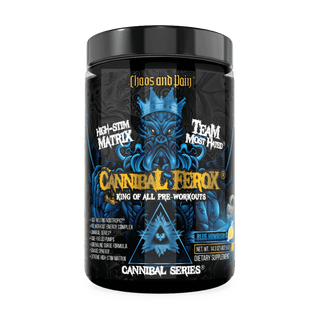
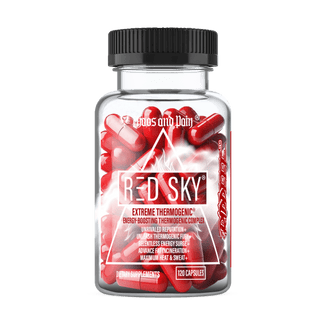

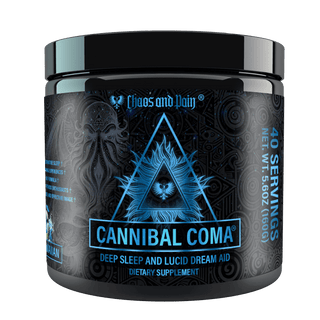
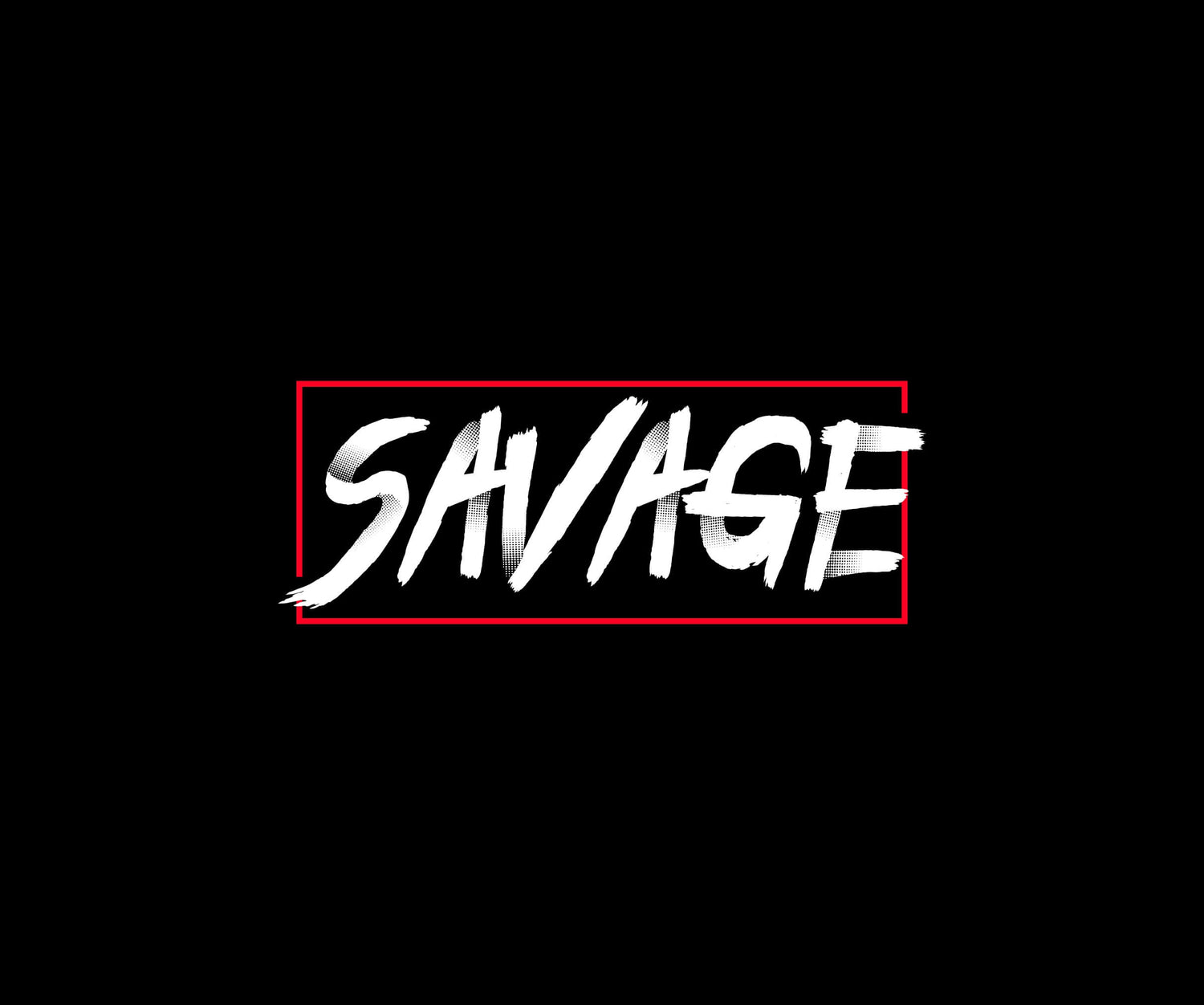
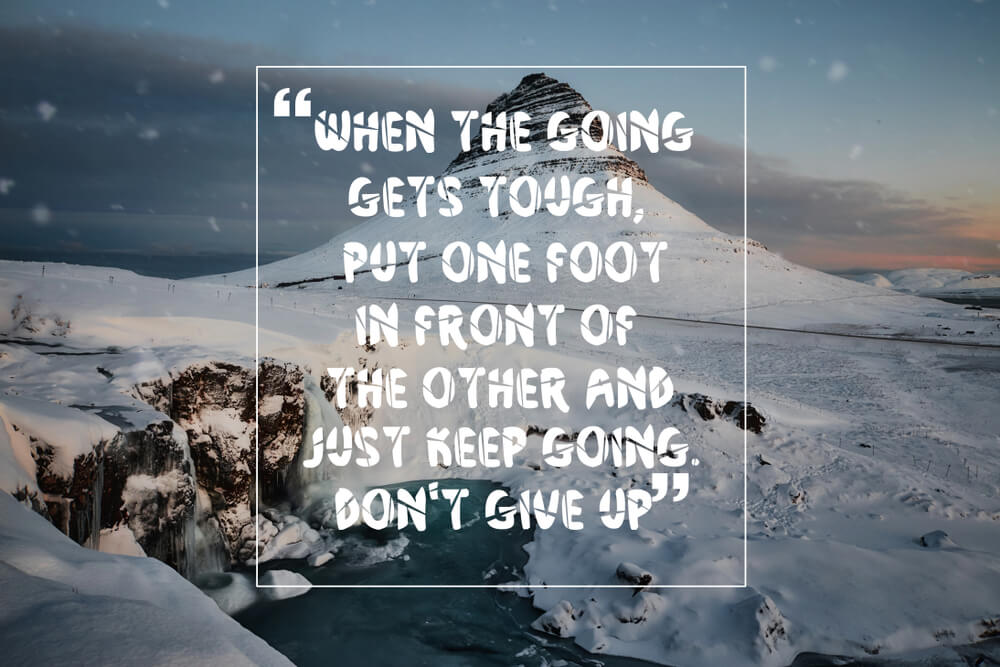
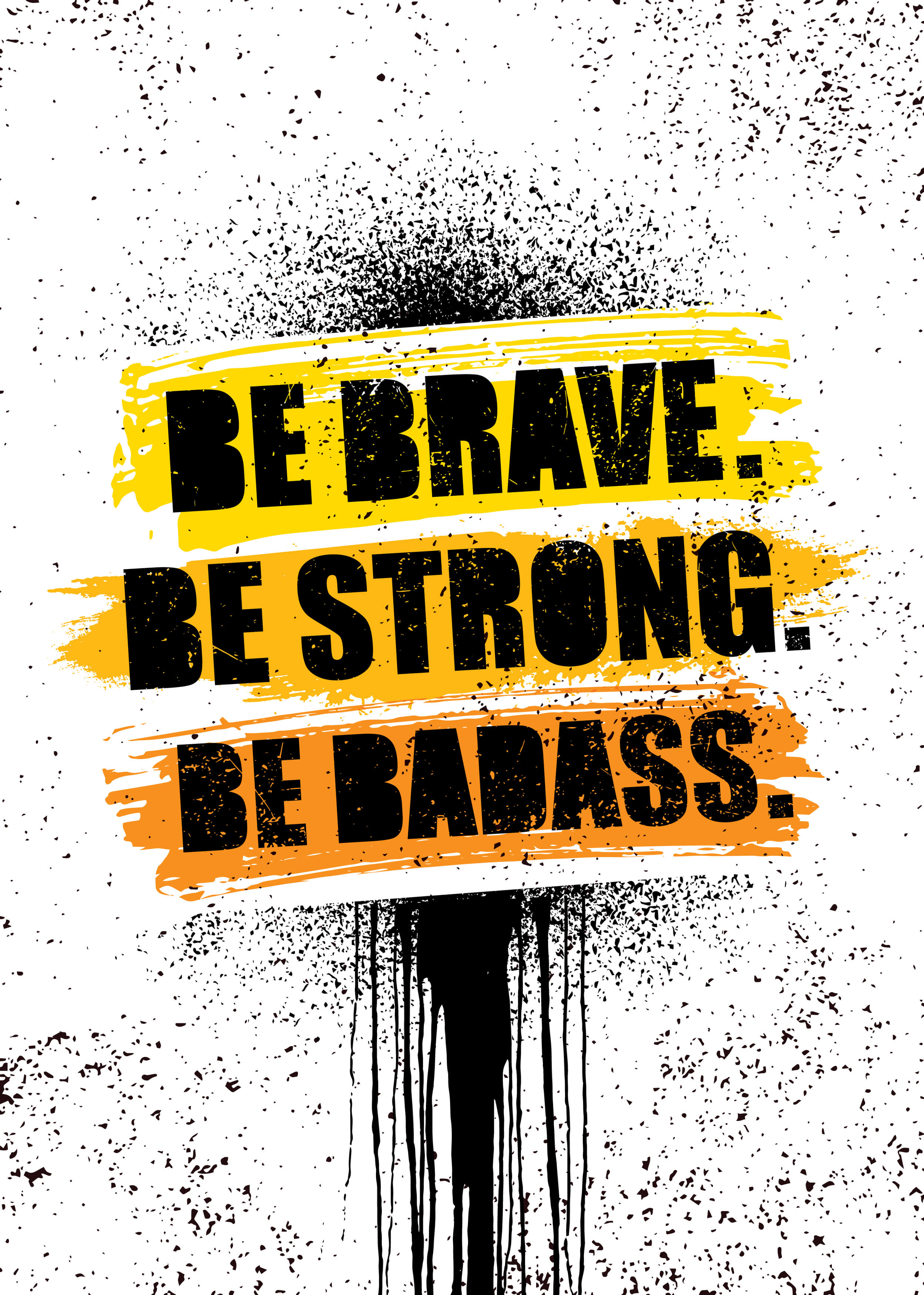
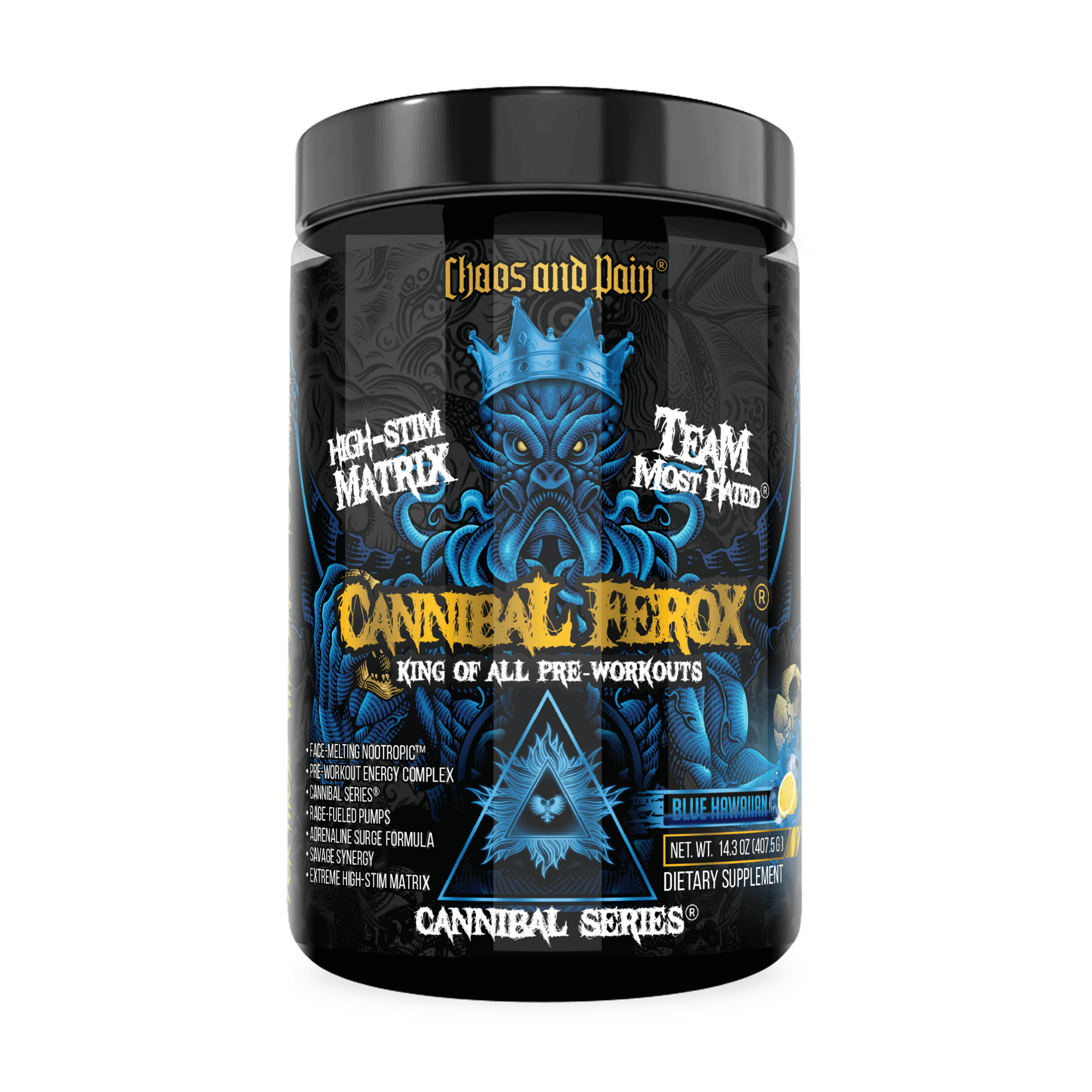
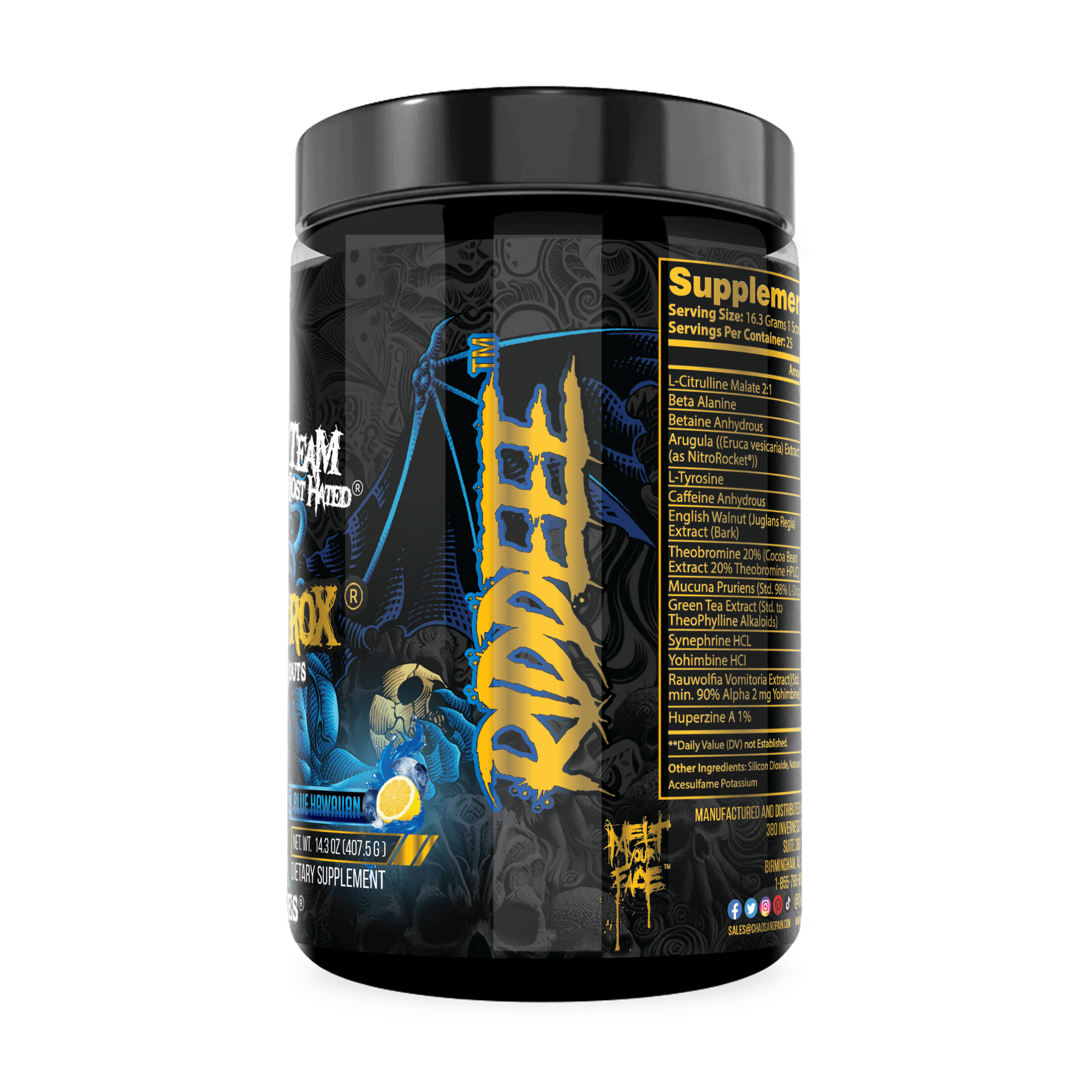


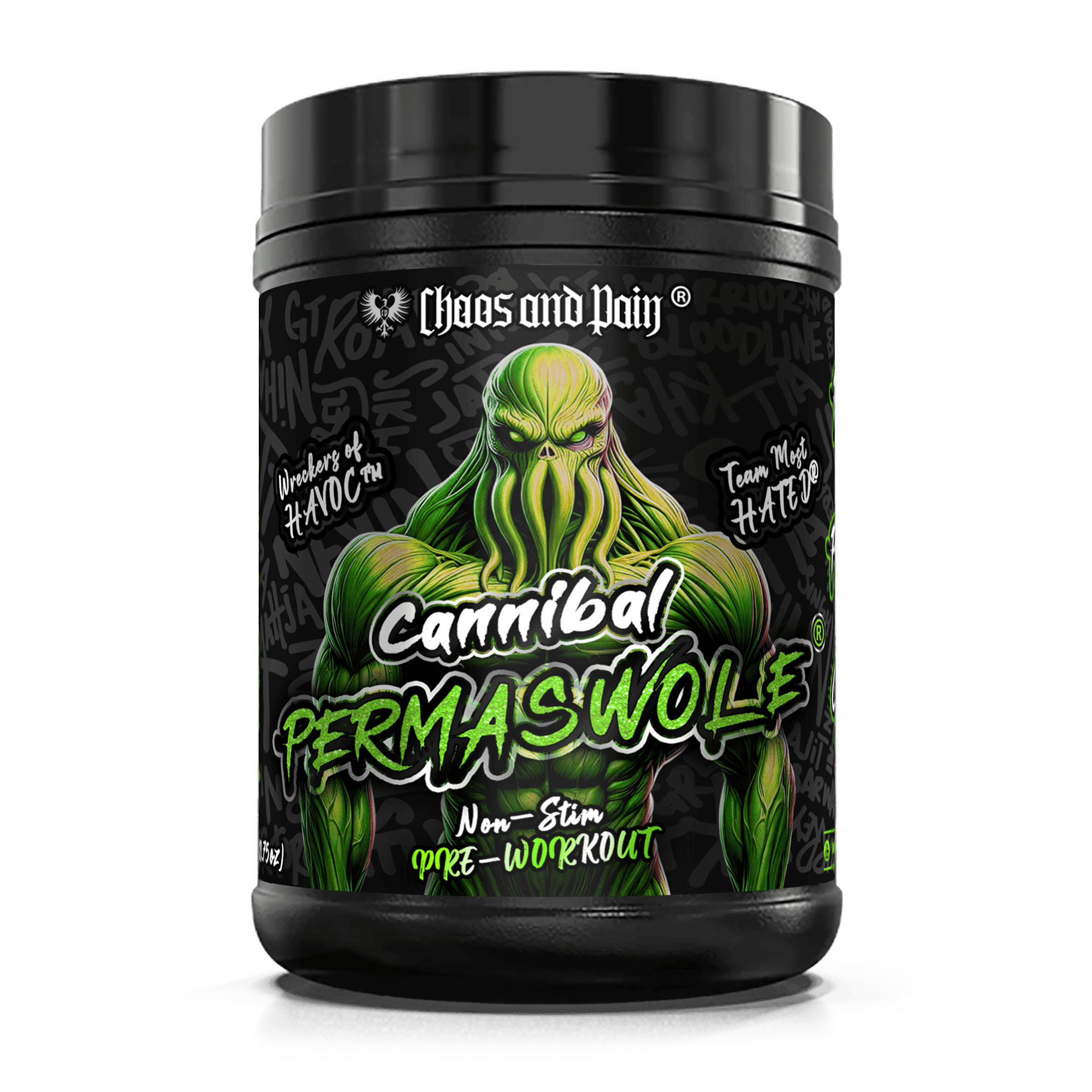
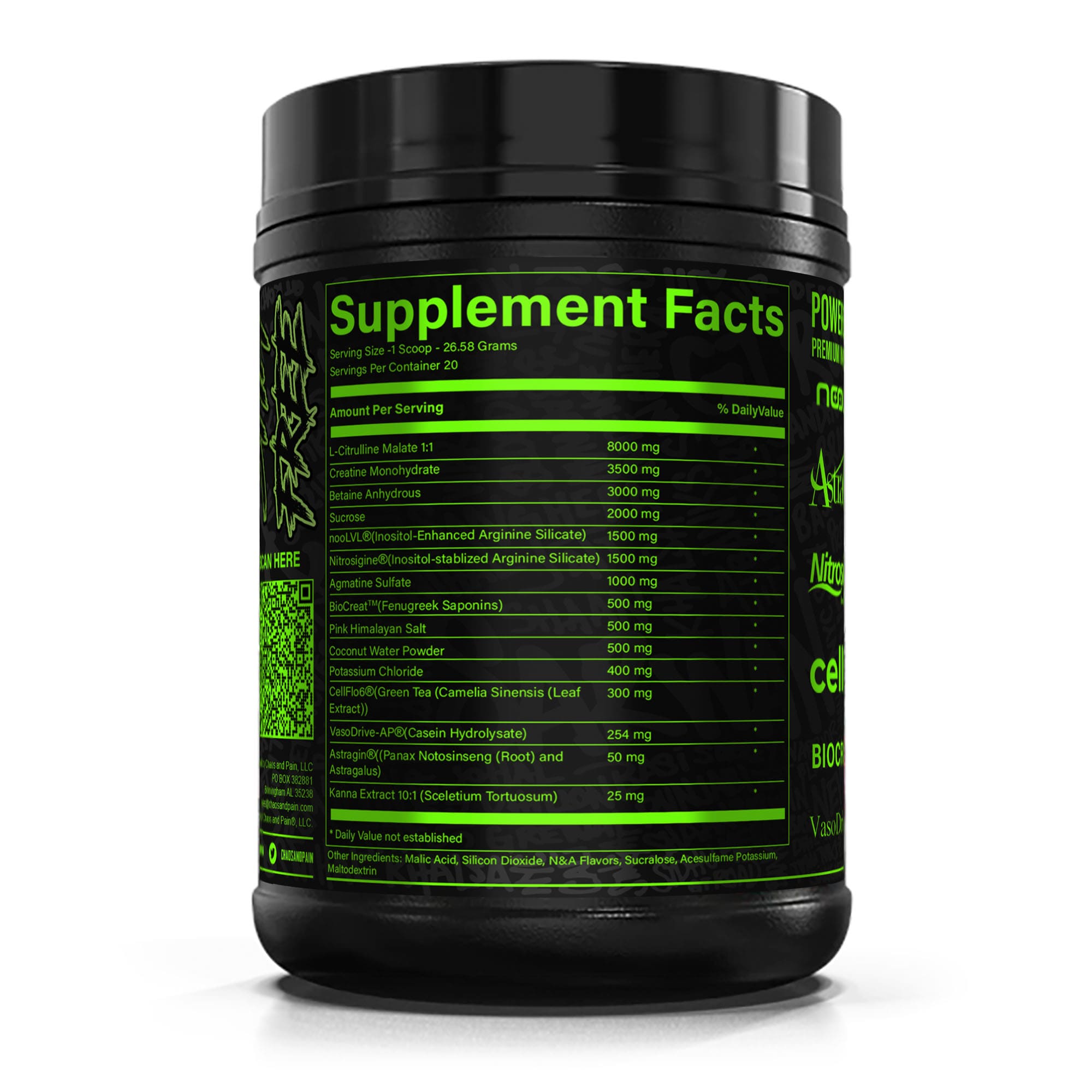


Leave a comment
All comments are moderated before being published.
This site is protected by hCaptcha and the hCaptcha Privacy Policy and Terms of Service apply.